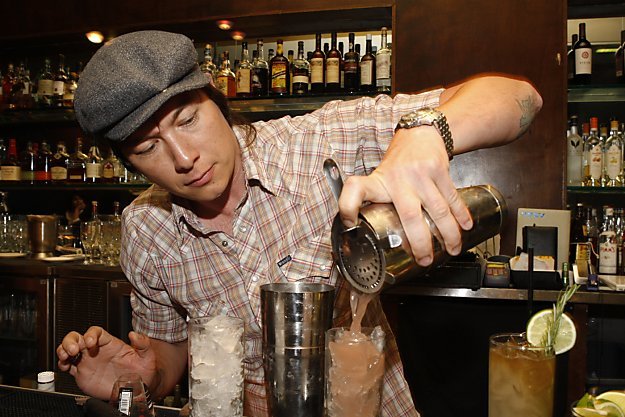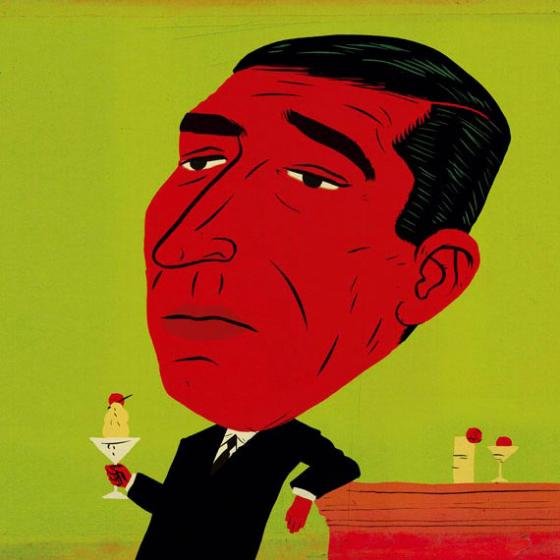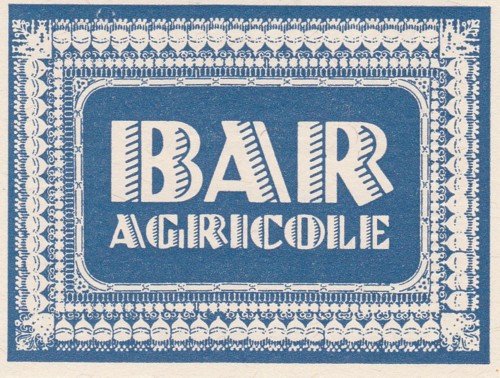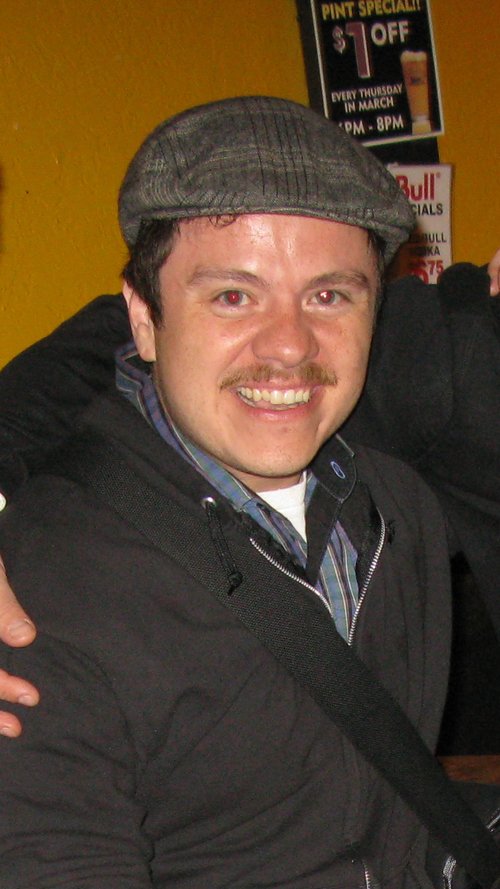In response to my recent story in the San Francisco Chronicle on high-end bars becoming more accommodating to patrons' requests, many people wrote into the comments about how snooty bartenders are who won't give you the drinks that you want.
The Chronicle's commenters are a notoriously (and often hilariously) opinionated bunch, so I don't take offense to anything they say. By and large, they were all terribly upset with Erick Castro of Rickhouse's quote:
"Three years ago it was OK to be rude. It used to be 'I'm not making a
cosmo and you're a horrible person.' Now we say, 'I'm not making a
cosmo, but I'm making you something better than a cosmo.' And if they
like (the drink) they trust you for the whole night."
Commenters were offended that a bartender is so arrogant as to think he knows better than the customer, and offended that a bartender wouldn't make the customer what he wants.
I know that in the case of Rickhouse they don't carry cranberry juice, so they actually can't make a Cosmo. I believe all of the other drinks cited by commenters cannot be made at Rickhouse either- drinks with Midori, 7UP, Malibu, etc. They do not carry these products on principle, and thus cannot make drinks with them.
So Rickhouse can't/won't make a Cosmo, and that makes people mad. But does it also infuriate them that Chez Panisse (probably) can't make a McDonald's hamburger?
Would you be surprised at Chez Panisse if you asked your waiter for a McDonald's hamburger and they steered your toward something similar and better, like a grass-fed, free-range beef burger on a fresh-baked bread roll with organic ketchup? Would you consider them arrogant? Call for the waiter to lose their job?
Only if you can't see the difference between McDonald's and Chez Panisse; between fast food and fine dining. And that is the image problem that cocktail bars have. Many people still think every bar is a McDonalds, when most bars that make the news are evolving toward something better.
The better cocktail bars are not actually suffering from this lack of understanding- there's a huge demand for them, in fact, and in my experience the places selling $10 cocktails are affected less in this recession than places selling $6 ones. So despite complaints, better cocktail bars are safe, for now.
The funny thing is that speakeasy bars were originally a theme concept,
but evolved into a practical concept: hiding the bars from people who
don't yet know that not every bar serves Bud and has sports on TV.
Some people worry that the perceived arrogance of the bartenders in these places will make this better-drinking era a trend rather than an ongoing movement. I think that's a valid concern, as fine cocktails are very trendy right now. I'd hate to see this movement lose momentum as there is so, so much further to go with it.
As was the point in my original article, bartenders are learning how to talk to patrons in a nicer way to steer them away from lesser-quality or marketing-driven drink choices and into better ones. But is there more that can be done- in the media or by bartenders/bar owners- to make a clearer break between the fast food version of bars and the ones more like fine dining?









